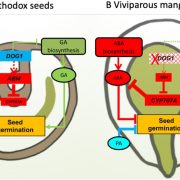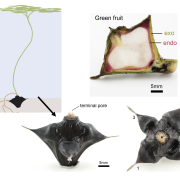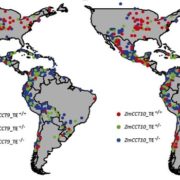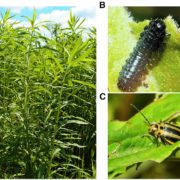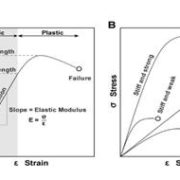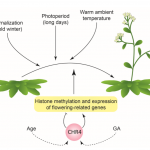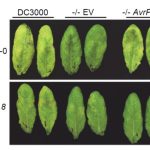Evidence for physiological seed dormancy cycling in the woody shrub Asterolasia buxifolia and its ecological significance in fire‐prone systems ($) (Plant Biol.)
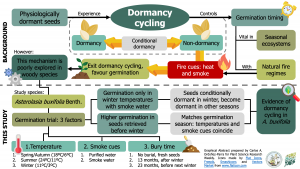 Physiologically dormant seeds shift between dormancy (i.e., unable to germinate), conditional dormancy (i.e., germination restricted to a narrow set of conditions), and non-dormancy (i.e., germination under a wide range of conditions) in response to environmental changes. This mechanism –known as dormancy cycling– ensures seeds are non-dormant under favorable germination conditions but become dormant when favorable conditions resume. In fire-prone ecosystems, heat and smoke guarantee seeds exit dormancy cycling and germinate. However, this phenomenon is seldom investigated in woody species. In this study, Collette and Ooi found Asterolasia buxifolia Benth. experiences dormancy cycling. The authors carried out an experiment using fresh seeds and seeds buried and recovered after the next winter, and before the following one. The experiment assessed germination in three temperatures (spring/autumn, summer, and winter) and the effect of smoke cues (distilled water vs. smoke water). Seeds only germinated at winter temperatures with smoke water. Also, germination was higher in seeds recovered before winter than those recovered after winter. These results indicate that the seeds of A. buxifolia have an annual dormancy cycle ensuring winter germination, after natural fires cues are expected to occur. (Summary by Carlos A. Ordóñez-Parra) Plant Biol. 10.1111/plb.13105
Physiologically dormant seeds shift between dormancy (i.e., unable to germinate), conditional dormancy (i.e., germination restricted to a narrow set of conditions), and non-dormancy (i.e., germination under a wide range of conditions) in response to environmental changes. This mechanism –known as dormancy cycling– ensures seeds are non-dormant under favorable germination conditions but become dormant when favorable conditions resume. In fire-prone ecosystems, heat and smoke guarantee seeds exit dormancy cycling and germinate. However, this phenomenon is seldom investigated in woody species. In this study, Collette and Ooi found Asterolasia buxifolia Benth. experiences dormancy cycling. The authors carried out an experiment using fresh seeds and seeds buried and recovered after the next winter, and before the following one. The experiment assessed germination in three temperatures (spring/autumn, summer, and winter) and the effect of smoke cues (distilled water vs. smoke water). Seeds only germinated at winter temperatures with smoke water. Also, germination was higher in seeds recovered before winter than those recovered after winter. These results indicate that the seeds of A. buxifolia have an annual dormancy cycle ensuring winter germination, after natural fires cues are expected to occur. (Summary by Carlos A. Ordóñez-Parra) Plant Biol. 10.1111/plb.13105
[altmetric doi=”10.1111/plb.13105″ details=”right” float=”right”]


